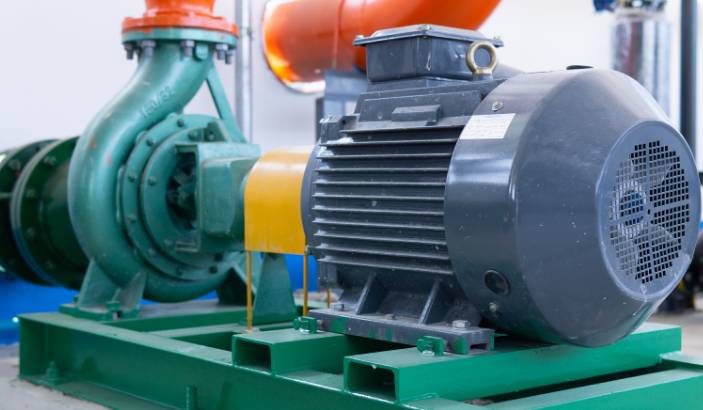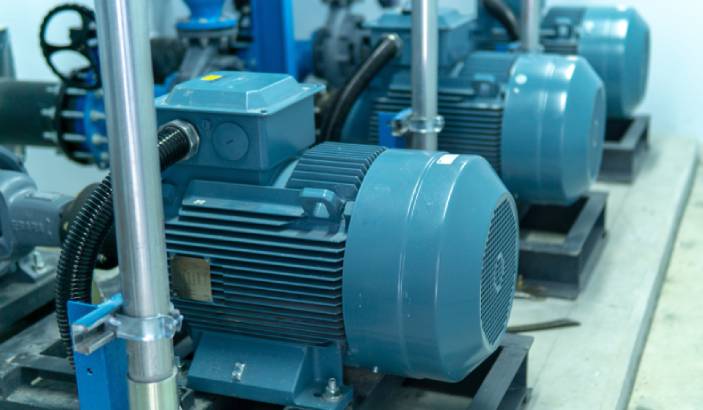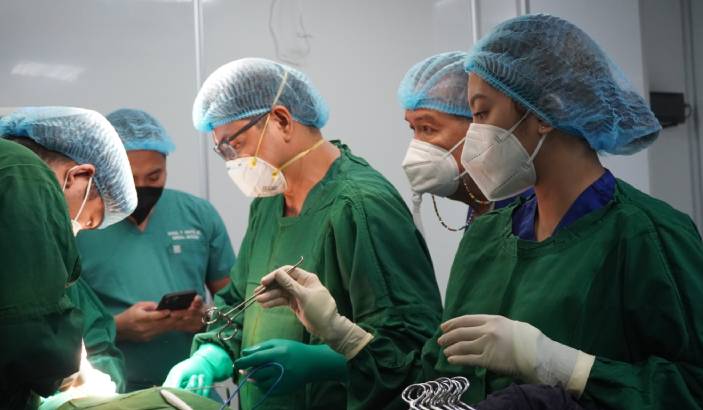The diaphragm pump, a vital component in healthcare environments, demands meticulous care and maintenance to ensure effective and safe operation. As it moves fluids—including those critical for patient care—through its mechanism, the stakes for maintaining these pumps efficiently are considerably high. This guide sheds light on the best practices for keeping diaphragm pumps running smoothly and reliably in a healthcare setting.
Understanding The Basics Of Diaphragm Pumps
Before diving into maintenance, it’s crucial to grasp the foundational knowledge of diaphragm pumps. These pumps use a flexible diaphragm that moves back and forth, creating a pumping action to transfer fluids. They’re often paired with devices like a mini vacuum pump to ensure efficient fluid movement in healthcare settings.
Significance Of Regular Maintenance
Keeping diaphragm pumps in optimal condition isn’t just about extending their lifespan. Regular maintenance ensures:
- Safety
Ensuring safety is one of the primary reasons for regular maintenance. A malfunctioning diaphragm pump can pose a severe risk to patient health and safety. Identifying and addressing issues proactively is essential to minimize the risk of accidents or mishaps. Through regular inspections and preventive maintenance schedules, healthcare professionals can guarantee that diaphragm pumps are functioning correctly and, therefore, are safe to use. - Efficiency
Efficiency is another critical factor that benefits from regular maintenance. A well-functioning diaphragm pump can handle fluids more efficiently, a vital aspect of time-sensitive healthcare scenarios. Every minute counts in emergencies and efficient pump operation can make all the difference. Regular cleaning, filter replacement, and lubrication can optimize the performance of diaphragm pumps, ensuring they are always ready to meet the demands of healthcare operations. - Cost Savings
Cost savings are another benefit of regular maintenance. Preventive maintenance can stave off more costly repairs or replacements down the line. Addressing minor issues promptly can prevent further damage, which can cause disruptions and lead to lost productivity. Regular maintenance also increases the lifespan of diaphragm pumps, enabling healthcare facilities to save money by reducing the frequency of replacements.
Routine Inspection: The First Line Of Defense
Just as with any equipment, regular inspection of diaphragm pumps is paramount. Look for wear and tear, leaks, or unusual noises. Early detection of potential issues allows you to address them before they escalate.
Cleaning: A Must-Do After Each Use
Considering the sensitivity of healthcare environments, cleaning becomes even more critical. Ensure you:
- Rinse the pump thoroughly with a suitable cleaning solution.
- Disinfect all parts that come into contact with fluids to prevent contamination.
- Allow the pump to dry completely before storing it or using it again.
Replacing Worn-Out Components Promptly
Over time, certain components, especially the diaphragm itself, may show signs of wear. Don’t wait for a complete breakdown. Instead:
- Replace the diaphragm at the first signs of damage.
- Regularly check seals, valves, and other components for signs of wear.
- Keep spare parts on hand to avoid downtime.
Calibration: Ensuring Accuracy And Consistency
In healthcare, accuracy isn’t just about efficiency—it can be a matter of life and death. Regular calibration ensures that your diaphragm pump operates precisely as it should.
- Schedule periodic calibration sessions.
- Use calibrated tools to measure flow rate, pressure, and other vital parameters.
- Document each calibration session to track performance over time.
Optimal Storage Conditions
When not in use, it’s essential to store diaphragm pumps under appropriate conditions to prevent premature wear and ensure readiness for the next use.
- Store in a dry, cool place away from direct sunlight.
- Ensure pumps are free from any residual fluids before storage.
- Periodically run the pump even during extended storage periods to prevent stagnation.
Training: The Human Element
While this guide provides valuable insights, there’s no substitute for hands-on training.
- Ensure staff members are adequately trained in the operation and maintenance of diaphragm pumps.
- Conduct refresher training sessions regularly.
- Encourage staff to report any anomalies or concerns promptly.
Seeking Expert Assistance When In Doubt
Sometimes, despite your best efforts, a pump might present challenges beyond your expertise. In such cases:
- Consult with the manufacturer or an expert technician.
- Don’t attempt to fix complex issues without proper guidance, as this could exacerbate the problem.
- Always prioritize safety and effectiveness over quick fixes.
Having moved through these best practices, it becomes evident that maintaining diaphragm pumps in healthcare settings isn’t a mere routine—it’s a commitment to safety, efficiency, and overall patient care. By investing time and resources into proper maintenance, you’re taking a proactive stance, ensuring that these essential devices serve their purpose reliably and efficiently.
Conclusion
In the dynamic world of healthcare, where precision and reliability are paramount, taking meticulous care of essential equipment like diaphragm pumps is not optional—it’s a necessity. By embracing regular maintenance, timely inspections, and continuous learning, you’re not just ensuring the longevity of the equipment but safeguarding the very essence of patient care.









